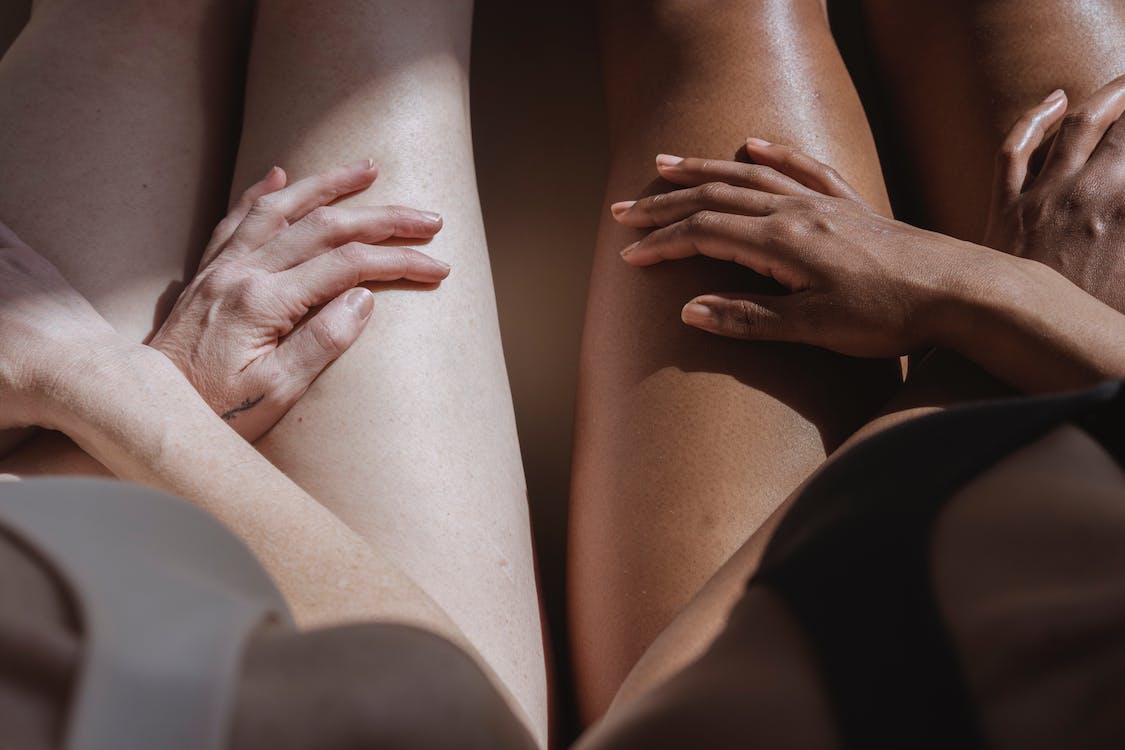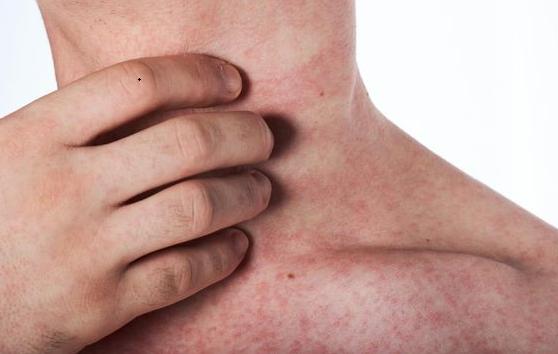Address
430 E 29th St, New York, NY 10016, United States
Need help or have a question?
Contact us at: hello@doctormier.com
Address
430 E 29th St, New York, NY 10016, United States
Need help or have a question?
Contact us at: hello@doctormier.com

Tanning beds, also called sun beds, are machines that use ultraviolet radiation to produce a tan. It is a popular way to get beautiful and even skin tone, but it can lead to negative consequences, which should be kept in mind.
How to understand the nature of rashes? What are the first signs? How to ward off and treat? Read on to learn the answers to your tanning bed rash questions.
Rashes are considered a common negative consequence of visiting a tanning bed. It is a skin irritation that can develop from spending too much time in a solarium that's been turned up too high. The heat from the tanning lamp can cause your skin to become red, blistery, and itchy.
Rashes can be very different: small and massive, white and red, pimples and burns. They look and behave differently. Any irritation after solarium means that you have not followed all the existing rules and recommendations.
There are many possible causes of rash that appeared after using a solarium.
Contact dermatitis may be caused by excessive UVA radiation, light components invisible to the eye. Ultraviolet in moderate doses is beneficial for humans. However, the abuse of tanning causes serious pathological changes in the body and premature aging. Especially, people with fair skin should be careful.
A rash can appear when sweating is interrupted and moisture is trapped between the layers of the skin.
The skin may be sensitive to chemicals used to clean tanning beds or ingredients in cosmetics or lotions.
Perfect and timely disinfection of the bed kills most bacteria that can be transmitted by contact. Its absence is a risk not only for the skin, but also for health in general.
Other unrelated causes: vitamin deficiency, decreased immunity, pathologies in the body, taking hormonal drugs, the use of antibiotics, hormonal disruption, and pregnancy.
Manifestation of tanning bed rash may include redness, swelling, itching, and pain. It may also look like a burn, and some people can have a rash that looks like a second-degree scorch.
The rash can be very itchy and uncomfortable, and it can be difficult to treat. The skin may peel or develop open sores.
Indirect rays of the solarium usually causes skin rashes on the body that resemble sunburn or herpes infection.


Tanning bed rashes can look different on everyone. They may be small and mostly located around the ankles or wrists, or they may be larger and more widespread. The rash usually appears on the face, neck, chest, back, stomach, armpits, and genitals.
Skin irritation typically looks like red and inflamed patches. It may also blister and feel hot to the touch and may last for several days. Spots on the skin after tanning bed can be itchy and scaly.
After the rash heals, scars may remain.
If you are using a tanning bed and get a rash, stop doing it.
If you notice serious signs of a sunbed rash, such as massive redness, swelling, and pain, it is important to see a doctor as soon as possible. Tanning beds can cause skin irritation and even more serious problems if not properly treated.
The most common local complication is infection. Even with small rashes, the body's defense mechanisms are disrupted, which increases the penetration and reproduction of bacteria. The infectious process makes the irritation larger and deeper, and therefore the scars will be deformed and not flexible — the skin in this area becomes denser in structure and this affects its mobility.
Make sure to talk to your doctor about your symptoms and how best to treat them.
If you're looking to keep your skin safe from the potentially harmful effects of solarium, there are a few things you can do to avoid getting tanning bed rash.
Preventing tanning bed rash is easy. Here are some tips to keep you safe:
Do not use tanning beds:
If you are experiencing a tanning bed rash, there are some things you can do to help treat the condition. Tanning lotions and creams can help soothe the skin, but you may also want to consider using sunscreens. A cream with SPF 30+ can help reduce the amount of UV radiation that reaches your skin, which could help decrease the severity of your tanning bed rash.
If you have a tanning bed rash, you should treat it as soon as possible. The sooner the rash heals, the better the chance of recovery. Here are some tips on how to treat it:
There are a few simple home remedies that can help treat a tanning bed rash and ease discomfort. This medicament includes applying cool compresses to the skin.
To relieve the symptoms, you can use the following products:
If you’re looking for a little summer fun, try sunbathing. But if you’ve been using a solarium, be aware of the risks — including potential tanning bed rash.
If you experience any of the following symptoms after using a tanning bed, see your doctor as soon as possible: intense redness, blistering, peeling, or crusting. To help prevent tanning bed rash, use sunscreen and stay out of the sun after using the solarium. Read the instructions and follow the rules. It does not hurt to be careful and attentive, to monitor personal hygiene and cleanliness of the solarium.
In conclusion, tanning beds can be a great way to get a healthy skin tone, but be sure to take the time to educate yourself about the dangers of using them before jumping in.
There are many causes of tanning bed rash. The most common causes are contact dermatitis due to ultraviolet radiation, skin allergies, reactions to the steam or heat of the solarium, sweating disorders, and reactions to the composition of cosmetics.
Tanning bed rash typically appears as red and inflamed patches on the skin. It may also blister and feel hot to the touch and may last for several days. Spots on the skin after tanning bed can be scaly. The rash usually appears on the face, neck, chest, back, stomach, armpits, and genitals.
It depends on the severity of the injury. If you have red spots and minor tanning bed rashes and received first aid in time, skin injuries will heal within two days. If you got massive painful rashes and burns, the treatment will last about a week.
You have allergies to tanning beds if after it the skin becomes dry, unwanted pigmentation, rashes, and burns appear. Your doctor will help you to analyze the reaction of your body in detail.